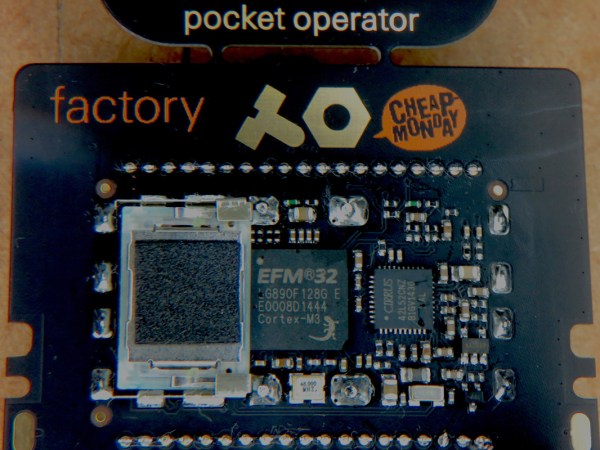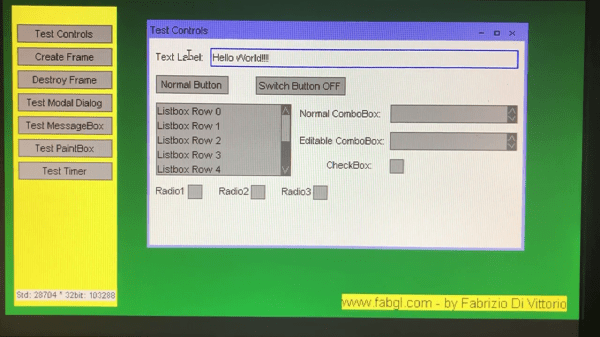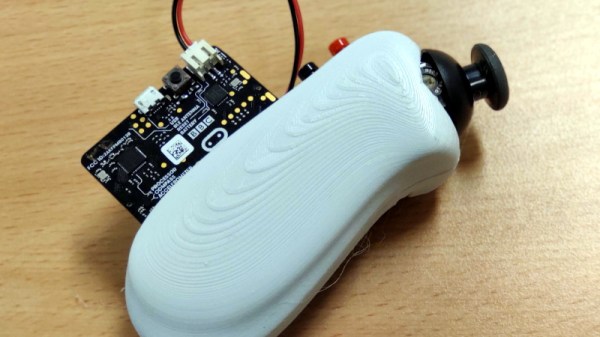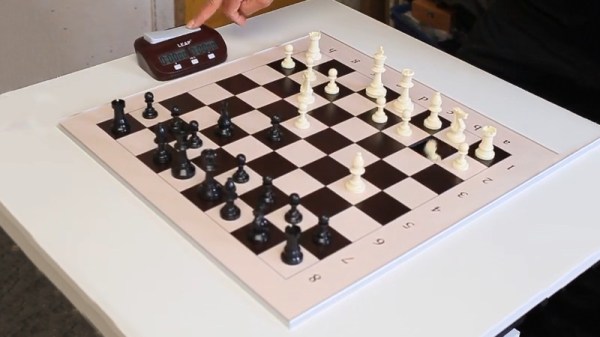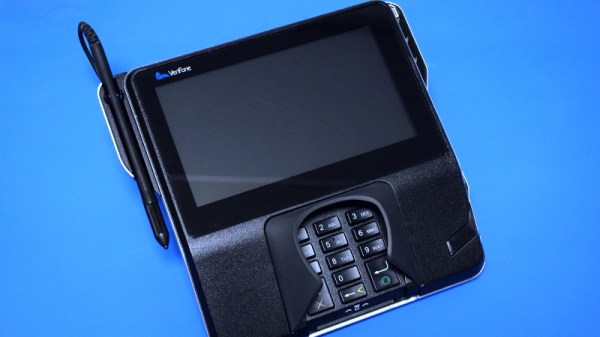The number of easily usable and programmable microcontrollers is small, so when selecting one for a project there are only a handful of very popular, well documented chips that most of us reach for. The same can be said for most small companies selling electronics as well, so if you reach for a consumer device that is powered by a microcontroller it’s likely to have one of these few in it. As a result, a lot of these off-the-shelf devices are easy to hack, reprogram, or otherwise improve, such as the Robot Pocket Operator.
The Pocket Operator is a handheld, fully-featured synthesizer complete with internal speaker. It runs on a Cortex M3, a very popular ARM processor which has been widely used for many different applications, and features everything you would need for a synthesizer in one tiny package, including a built-in speaker. It also supports a robust 24-bit DAC/ADC and all the knobs and buttons you would need. And now, thanks to [Frank Buss] there is a detailed teardown on exactly how this device operates.
Some of the highlights from the teardown include detailed drawings of how the display operates, all of the commands for controlling the device, and even an interesting note about how the system clock operates even when the device has been powered off for a substantial amount of time. For a pocket synthesizer this has a lot to offer, even if you plan on using it as something else entirely thanks to the versatility of the Cortex M3.

